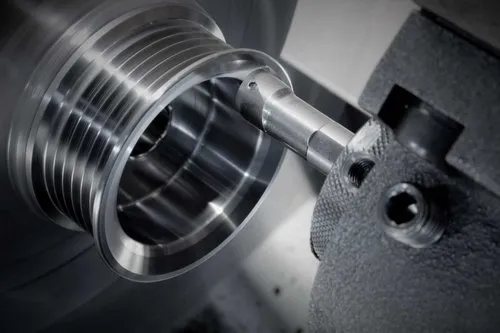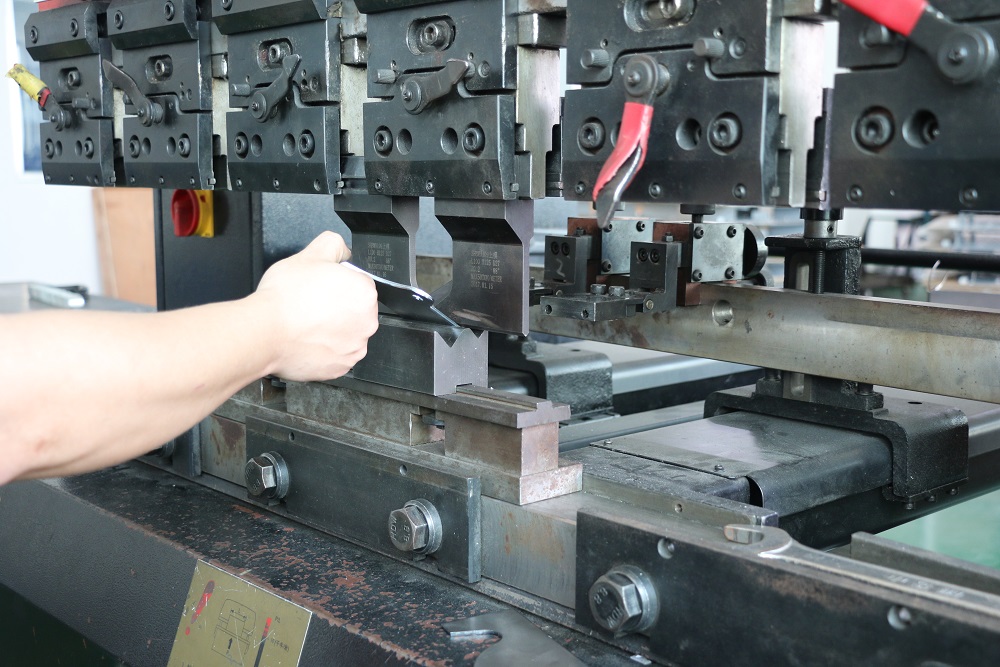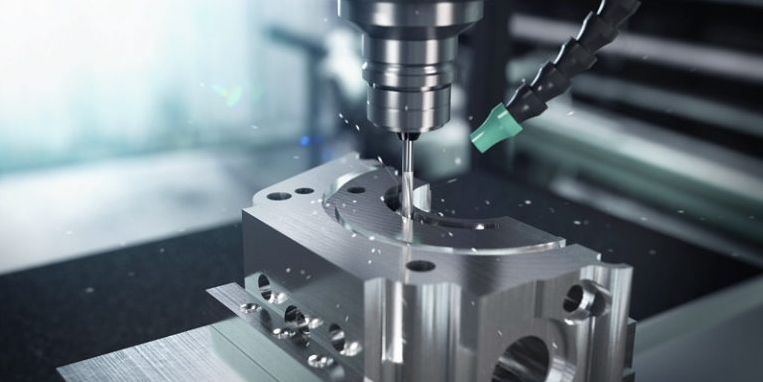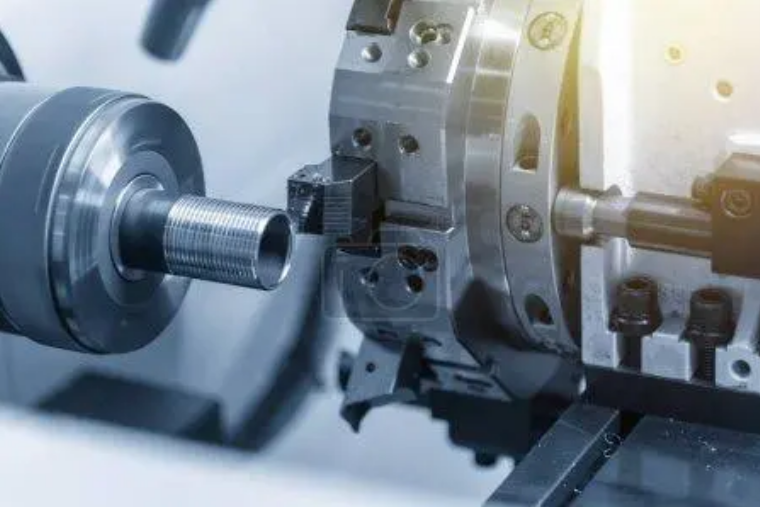CNC technology enhances sheet metal products by ensuring precise cuts, complex bends, and consistent output, significantly improving efficiency and design accuracy.
Precision Cutting and Forming
CNC technology allows achieving an unprecedented level of precision when cutting or forming sheet metal. Such accuracy is necessary for industries where components need to be tightly fit and function without any deviations, like aerospace or precision electronics. Precision is achieved through the use of sophisticated programming allowing CNC machines to follow the programmed paths without any deviations.
There are several steps to the creation of a cut or a bend with such precision:
-
Programming: the technicians need to input detailed specifications of the design into the computer system of the CNC machine. It has to include precise dimensions, angles, and path of the cut.
-
Setup: the sheet metal is securely fastened in the CNC machine. Any movements during the process of cutting or bending would compromise the precision of the end result.
- Execution : the last steel-like precision is achieved through the use of machinery. CNC machine follows the programmed cutting path and employs the tooling capable of making cuts with precision sometimes as low as several micrometers.
This approach allows production of some very complicated shapes on a very small scale, where every detail of the design needs to fit technical specification. Repeatability prevents production of any off-spec parts. This control over the production of sheet metal can guarantee that every part of a production batch will be identical in quality, reducing a risk of a faulty part. CNC technology allows producing the sheet metal which is not just precise enough for any project’s needs but is capable of exceeding said precision.
Increased Production Speed
CNC technology is highly instrumental in increasing the production speed of sheet metal fabrication. Manufactures get a significant increase in throughput through this speed. CNC technology is capable of automating essential processes in sheet metal fabrication, including cutting, bending, and forming. Obviously, employing automated processes is far more productive than manual operations, as CNC does not need rest or breaks and can operate 24/7. As such, employing CNC in production lines leads to drastic reductions in cycle times for producing parts. Thus, this research identifies several critical steps in maximizing the production speed with the help of CNC technology. These include automated setup and adjustments, simultaneous operations, and circumventing human limitations consequent on manual operations.
Firstly, modern CNC machines are equipped with automatic tool changing devices and other adjusters that reduce the time and effort for setting them up to a minimum. Essential setup and replacement of tools and other parts take a matter of seconds or minutes, and do not need to be performed by humans, as the machinery is capable of guiding itself . In addition, many CNC machines are equipped with multiple cutting heads, bending units, and other tools which may operate simultaneously. Moreover, CNC machines may work during the entire day and night, unlike humans who cannot operate continuously. Employing such technology is highly useful when an order is enormous, and time is of the essence, such as in the automotive or construction industries. CNC machines are capable of producing parts at incredible speeds, and it is vital that the manufacturer has the capability to handle that many parts. Thus, manufacturers may not only fulfill but exceed their production targets and be capable of producing parts for even more orders, increasing their revenues far above the ones that would be possible with manual operations.
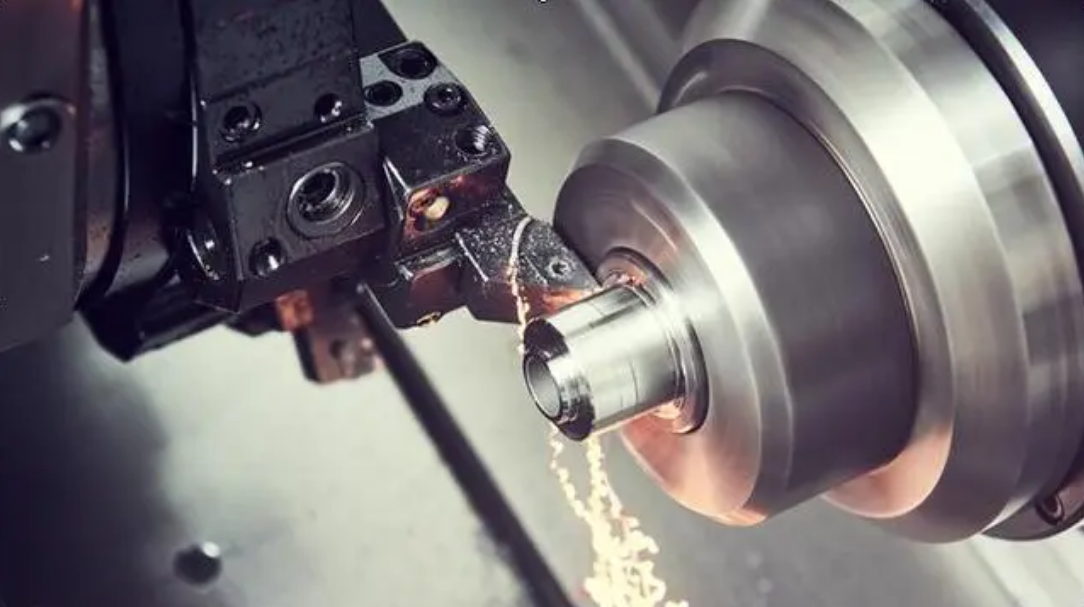
Enhanced Design Flexibility
Design flexibility on a sheet increases when utilizing CNC, which allows metal manufacturers to produce designs that were previously difficult or virtually impossible to perform. The advanced computer software is capable of transferring sophisticated digital models into precise machining files adopted in manufacturing. The following steps can further enhance design flexibility:
Integrating advanced software
CAD and CAM software allows for the creation and simulation of the final product without cutting a sheet of metal. It is a powerful tool that assists designers in creating parts efficiently from different types of material.
Rapidly make design changes and iterations
Not only the multiple functions of the software allow for a simple design but also swift changes to the design, which can be made straight in software and then fabricated with the next move of the sheet metal. Overall, it saves time and gives more opportunity to experiment and achieve better results.
Multi-axis capacity
“CNC machines with several axes can move in diverse directions and manipulate a sheet through many planes” . This means that components can be built with shapes, angles, and movements previously outside of the machines’ capacity. Therefore, sheet metal works can apply more elaborate systems to products that not only look better but function all the more applications. The products can be more attuned to their roles and provide more suitable and precise fitting. For example, aerospace and automotive industries that apply custom fits greatly benefit from this aspect. In this case, design flexibility can be better-adjusted and more adapted. As a result, design flexibility can benefit both the creative manufacturing process and a much wider field of operations.
Integration with CAD/CAM Software
The implementation of CNC technology in combination with Computer-Aided Design and Computer-Aided Manufacturing software has greatly affected the processes of sheet metal fabrication. By virtue of this technology, it is possible to optimize the entire cycle of production from the development process of preliminary drawings to the final stage of polishing. The application enables accurate translation of a ready digital design into a specifically produced part and, therefore, practically excludes man-made processing errors and inaccuracies.
To effectively adjust the CAM/CAD software to the work of CNC machinery, certain steps should be undertaken. First and foremost, the creation of a proper design is inevitable. In this regard, it is necessary to use the techniques of a graphic representation, and a CAD package should be employed in order to create a ready 3D model of the future detail. Following this, it will be tested to ensure that the component may be considered functional and able to withstand a certain pressure inside a given device. Another step is the development of a plan of the necessary CAM processes. Once generated, CAM software will produce machine code, Brunner et al. , which will interface the whole process. Preceding the final step, the operator should set the required machinery up: finish the tooling installation, adjust speed, and touch upon material handling. With this end in view, it may be possible to refer to the piece database on the Internet .
Regarding any industry that requires enhanced detail capabilities and large-scale production when the implementation is appropriate, modern CNC machinery plays an integral role. I could mention such fields as medical instruments and precision instruments. Other industries that may need this technology could include general engineering and industrial usage. The benefits of the application of CAD/CAM software are evident, as it will speed the production to a significant degree. With the rapid decline of the design rates, it will help produce more solid and sophisticated components, and valuable machinery will more likely enter the market.

